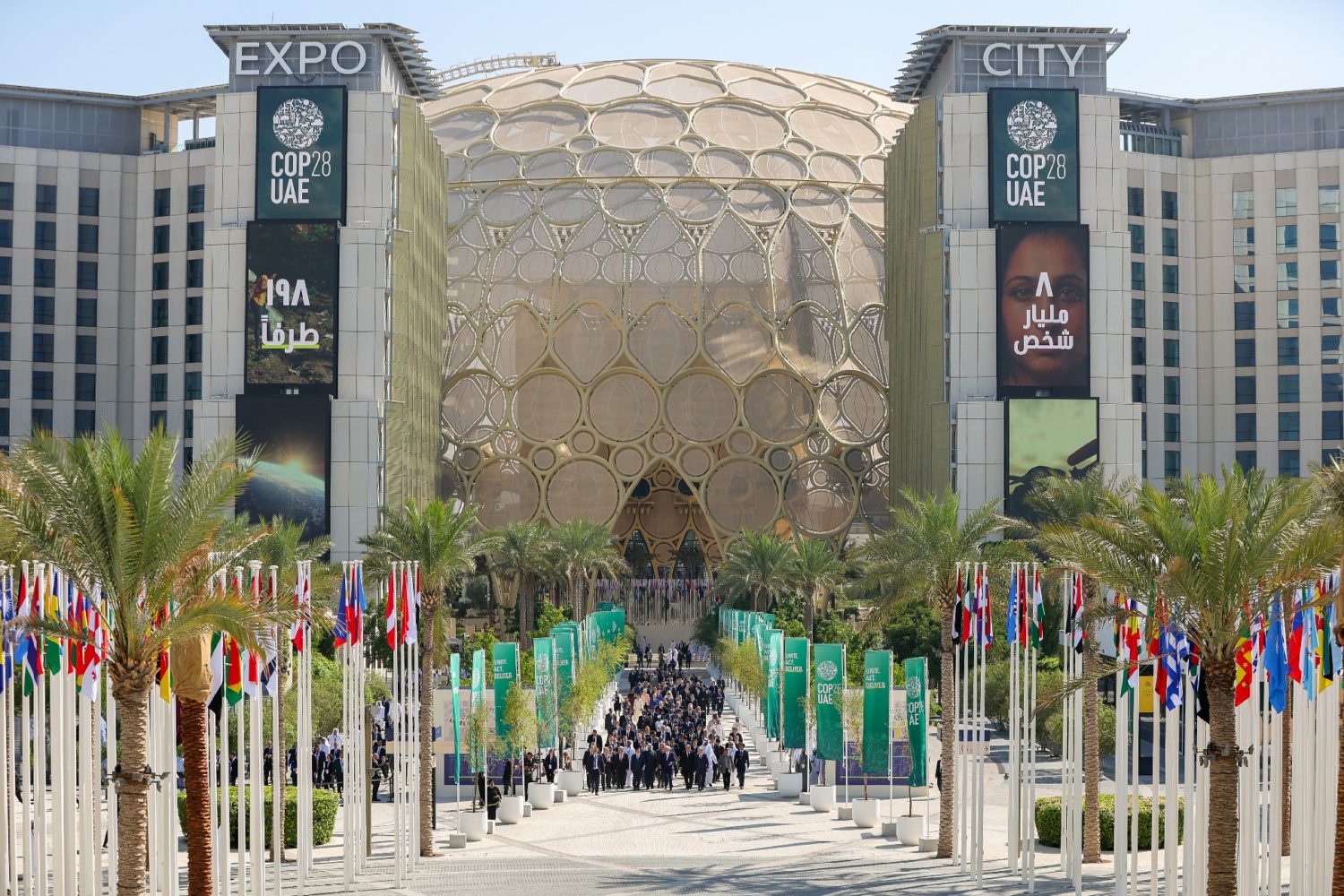
Sustainable Nuclear Future
back to contentsBangladesh representatives took part in the UN Climate Change Conference COP28. They called for a rapid and equitable transition from fossil fuels to green energy sources. Combating climate change is one of the 17 Sustainable Development Goals. This article will tell you how nuclear power and Bangladesh’s first nuclear power plant will help the country achieve these goals.
The Sustainable Development Goals (SDGs) were formulated by the UN General Assembly in 2015. All the 17 SDGs are “a universal call to action to end poverty, protect the planet and improve the lives and prospects of everyone, everywhere,” says the SDG website.
According to a 2023 report by the UN Sustainable Development Solutions Network (SDSN), Bangladesh has the most difficulties in achieving such SDGs as Affordable and Clean Energy, Decent Work and Economic Growth, Poverty Eradication, and others. The country’s GDP grew 7 % in 2022 and will accelerate to 9 % by 2030, according to the World Bank (Making Vision 2041 a Reality. Perspective Plan of Bangladesh 2021–2041). The share of population below the poverty line was 19 % in 2022 and is projected to decrease to 7 % by 2030. The World Bank also forecasts that the country will be 100 % electrified by 2030 (99 % in 2022).
According to the Bangladesh Power Development Board, the primary source of energy in 2022 was gas (51 %); oil accounted for 34 %, coal for 8 %, and 5 % of electricity was imported. Other energy sources (hydro and solar) accounted for only 1 % each.
As the Board forecasts, the country’s energy mix will change dramatically by 2030. The shares of gas and oil will decrease significantly to 28 % and 14 %, respectively, while solar power plants will contribute 14 % of the energy mix, and 11 % of electricity will be generated by the nuclear power plant.
Bangladesh’s first nuclear power plant Rooppur will have two units with VVER‑1200 reactors. Its installed capacity will be 2.4 GW, with an annual electricity output of 17.4 TWh. About 36 million people (21 % of the country’s population as of 2022) will have access to electricity thanks to Rooppur.
Nuclear has been recognized by the world’s leading countries, including the EU, as a clean source of energy. Thus, Bangladesh’s first nuclear power plant will both make a sizable contribution to the energy mix and increase low-carbon energy generation, which is SDG 7 (Affordable and Clean Energy). The nuclear station will also contribute to the fight against climate change (this is SDG 13) by preventing the emission of 8.3 million tons of CO2 equivalent annually.
Rooppur will also bring the country closer to achieving other key SDGs. For example, the nuclear construction project will add about USD 2.5 billion to Bangladesh’s GDP (0.6 % of the country’s GDP in 2022). The Rooppur project also creates new jobs: 81 % of employees (over 24,000 people) are locals, and 71 local companies are engaged in the plant construction. All this contributes to the achievement of SDG 8 (Decent Wages and Economic Growth).
In addition, the Rooppur project contributes to the Quality Education, which is the fourth Sustainable Development Goal. More than 10,000 people will be trained or receive higher education with Rosatom’s support.
Sustainable initiatives are carried out right at the construction site of the Rooppur NPP. For example, AtomEnergoProekt (part of Rosatom) monitors the environment as part of engineering surveys and has developed a check list of environmental aspects, associated risks and opportunities. All water intake facilities are equipped with fish protection devices; wastewater and stormwater are treated thoroughly. Environmentally safe chemicals are used to maintain the required chemical composition of water for the plant equipment.
The Rooppur NPP project has also contributed to a massive improvement of transport infrastructure in the host region. A port was built on the Padma River, and a reinforced concrete dam was erected to protect the bank from erosion. The road connecting Rooppur and Dhaka has been repaired and now has four lanes and an improved surface, so that the travel time has decreased from 9 to 6 hours.




